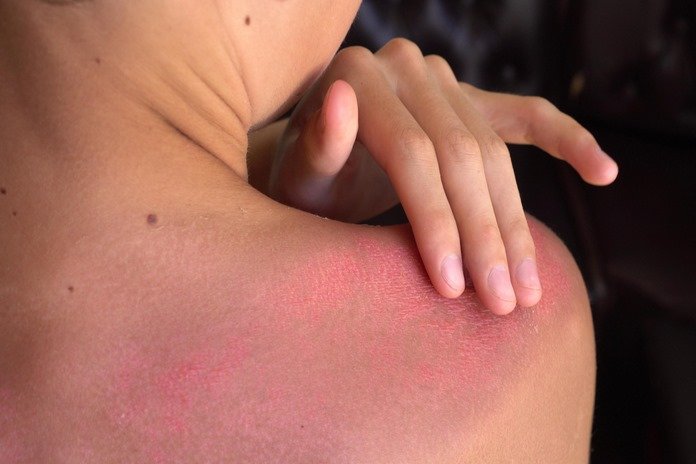A Triggering Event

A triggering event such as severe sunburn, skin trauma, contact with a chemical, or stress. Although vitiligo is not painful, however, it can lead to painful sunburns on the discolored patches of the skin. It is essential to take every safety measure to protect yourself from sun exposure like sun use of sunscreen, wearing fully covering clothes, and staying out of the sun during the strongest hours of the sunlight. These stressful events can also cause itchy skin in some people before the initiation of depigmentation and the appearance of white patches.
Moreover, vitiligo might flare up by certain events such as emotional or physical stress. As none of the causes seem to exactly fit the criteria of the actual cause of vitiligo, a combination of varied factors might be responsible for vitiligo. There is a lack of melanin in the skin in people with vitiligo. In fact, there are not sufficient working melanocytes in vitiligo to produce enough melanin in your skin. It leads to white patches appearing on your hair or skin. It is not yet clear exactly why there is a disappearance of melanocytes from the affected skin patches due to vitiligo.
People having vitiligo might be at a higher risk of the following:
- Sunburn
- Hearing loss
- Social or psychological distress
- Eye problems
Due to the absence of melanin pigment in different areas, the skin develops white patches. The patches are more noticeable in people with darker skin tones. In addition, vitiligo begins with smaller discolored patches and eventually turns into larger patches that cover bigger body parts. Researchers point out that vitiligo might be an inherited skin disorder as people having a family history of vitiligo have an increased chance of developing vitiligo at some point. Moreover, people with a family history of certain connective tissue diseases and endocrine diseases are also at a higher risk of getting vitiligo. Stress can act as a triggering factor in the development of vitiligo even though it is not an exact cause of the disease. Most of the skin areas where the discolored vitiligo patches appear are the areas having sun exposure.
